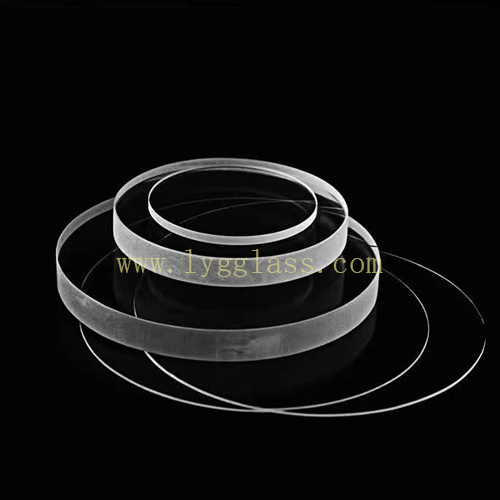
Installation: Used with metal flanges (such as stainless steel flanges) and sealed with high-temperature gaskets (rubber or metal), ensuring airtightness. Some applications use double-layer quartz glass (vacuum or inert gas between layers) for enhanced thermal insulation and safety, preventing outer layer shattering due to large temperature differences.
Cleaning and Maintenance|
Material |
Long term temperature resistance upper limit |
Transmittance |
Thermal Shock |
Cost |
Application |
|
Quartz glass |
1200℃ |
>90% |
Excellent |
High Cost |
High-temperature, high-pressure, and corrosive environments |
|
Borosilicate glass |
500℃ |
>85% |
Good |
Medium Cost |
Medium- and low-temperature boilers (e.g., residential hot water boilers) |
|
Tempered glass |
300℃ |
>85% |
Average |
Low Cost |
Room-temperature, low-pressure equipment |

Name: Jake Wang
Mobile:+86 16725261381
Whatsapp:+8616725261381
Email:sales@lygglass.com
Add:Pingming Town Resident Industrial Park, Donghai County, Lianyungang City, Jiangsu Province